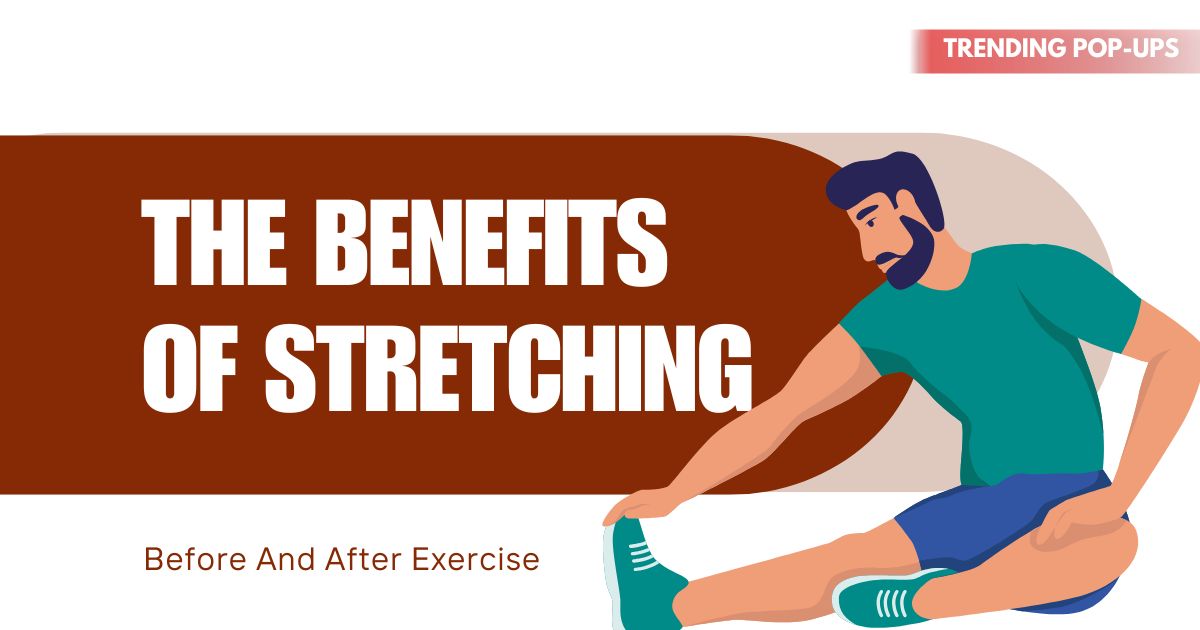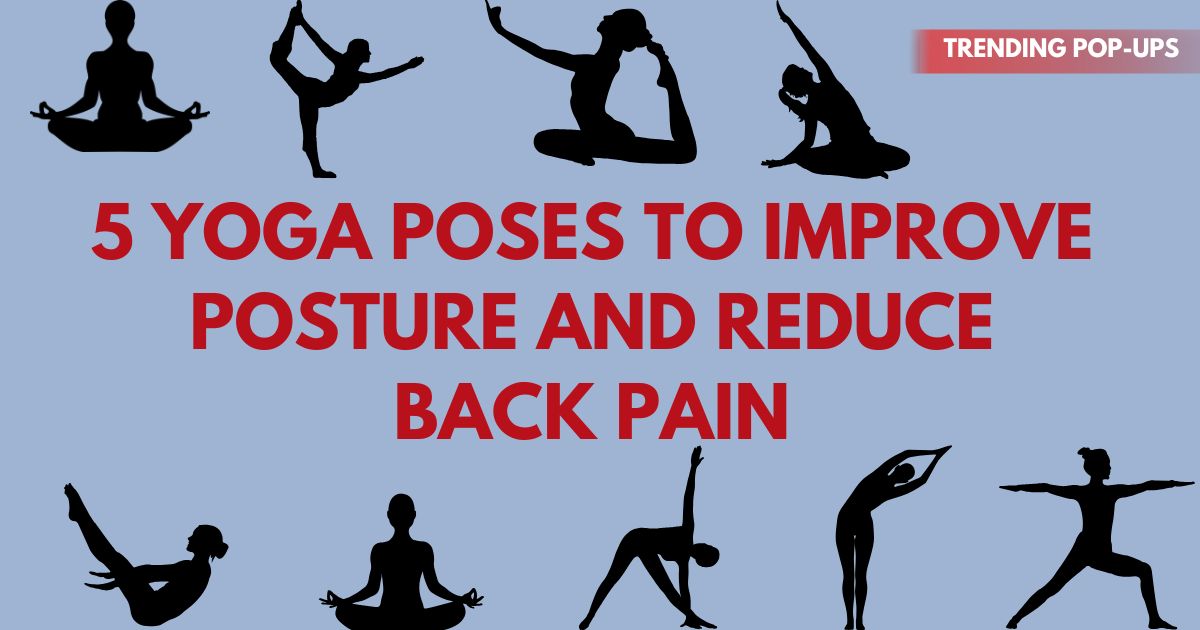Stretching is often overlooked in fitness routines, yet it plays a vital role in preparing the body for movement and aiding recovery afterward. Whether you’re an athlete, a gym enthusiast, or someone who enjoys casual workouts, stretching before and after exercise can enhance performance, reduce injury risks, and improve flexibility. This article explores the numerous benefits of stretching before and after exercise, along with practical tips for making it a consistent part of your fitness routine.
Why Stretching Before Exercise Matters
Stretching before a workout helps activate the muscles, loosen joints, and prepare the body for physical activity. This preparation is essential to reduce stiffness and prevent sudden strains.
Benefits of Pre-Workout Stretching
-
Increases Blood Flow to Muscles
Pre-workout stretching helps stimulate circulation, ensuring that muscles receive enough oxygen and nutrients for peak performance. -
Enhances Flexibility and Range of Motion
Dynamic stretches—such as leg swings, arm circles, and walking lunges—help loosen the muscles and joints, improving overall mobility. -
Prepares the Body Mentally and Physically
Stretching before a workout signals your body that it’s time to move, helping you focus on the activity ahead. -
Reduces the Risk of Injury
Warming up with stretches gradually prepares muscles and joints, lowering the chances of sprains, tears, or cramps.
Why Stretching After Exercise is Crucial
While pre-workout stretches prepare your body for action, post-workout stretching helps it recover and restore balance.
Benefits of Post-Workout Stretching
-
Promotes Muscle Recovery
Stretching after exercise reduces tension in muscles and helps eliminate lactic acid buildup, which can cause soreness. -
Improves Flexibility Over Time
Consistently stretching after workouts gradually improves flexibility, making future exercises easier and more effective. -
Relieves Muscle Stiffness
Post-workout stretches release tightness in muscles, reducing discomfort and improving mobility. -
Encourages Relaxation
Cooling down with stretches calms the nervous system, promoting relaxation and stress relief after intense activity.
Types of Stretching for Pre- and Post-Workout
Different forms of stretching serve different purposes. Understanding when and how to use them ensures maximum benefits.
1. Dynamic Stretching (Before Exercise)
-
Involves controlled movements that increase blood flow and range of motion.
-
Examples: Walking lunges, arm swings, hip circles.
2. Static Stretching (After Exercise)
-
Involves holding a stretch for 15–30 seconds to elongate muscles.
-
Examples: Hamstring stretch, quadriceps stretch, calf stretch.
3. PNF Stretching (Advanced)
-
Proprioceptive Neuromuscular Facilitation (PNF) combines stretching and contracting muscles to enhance flexibility.
-
Typically performed post-exercise with a partner.
Common Mistakes to Avoid When Stretching
Even though stretching seems simple, doing it incorrectly can lead to strain or reduce its effectiveness.
-
Skipping Warm-Up Before Stretching
Stretching cold muscles may cause injury. Always warm up lightly before starting. -
Holding Stretches Too Long Pre-Workout
Long static stretches before exercise can reduce muscle performance. Stick to dynamic movements instead. -
Overstretching
Pushing beyond your comfort zone can cause tears and injuries. Stretch gently and consistently. -
Ignoring Breathing
Shallow breathing reduces the benefits of stretching. Inhale and exhale deeply to promote relaxation.
Tips to Make Stretching a Habit
-
Dedicate at least 5–10 minutes before and after exercise for stretching.
-
Focus on major muscle groups like hamstrings, quads, calves, shoulders, and back.
-
Pair stretching with deep breathing to maximize relaxation and flexibility.
-
Be consistent—over time, your muscles will become more adaptable and less prone to injuries.
Final Thoughts
Stretching before and after exercise is not just an optional step—it’s an essential practice for anyone serious about fitness. Pre-workout stretching prepares your body for movement, enhances performance, and reduces injury risks. Post-workout stretching aids recovery, improves flexibility, and promotes relaxation. By making stretching a non-negotiable part of your workout routine, you’ll experience better results, fewer injuries, and a more enjoyable fitness journey.
Also Read : Best Evening Routines for Relaxation
FAQs
1. How long should I stretch before and after a workout?
Spend 5–10 minutes before exercise doing dynamic stretches and 5–10 minutes after exercise doing static stretches.
2. Can stretching replace a full warm-up?
No, stretching is part of a warm-up, but light cardio (like jogging or jumping jacks) should also be included to raise heart rate.
3. Is stretching every day safe?
Yes, daily stretching is safe and beneficial, especially if done gently and within your body’s limits.
4. Should I stretch even if I’m not exercising?
Yes, stretching regularly—even without workouts—helps maintain flexibility, reduce stress, and improve posture.
5. What is better: dynamic or static stretching?
Dynamic stretching is best before workouts, while static stretching is most effective after workouts.



